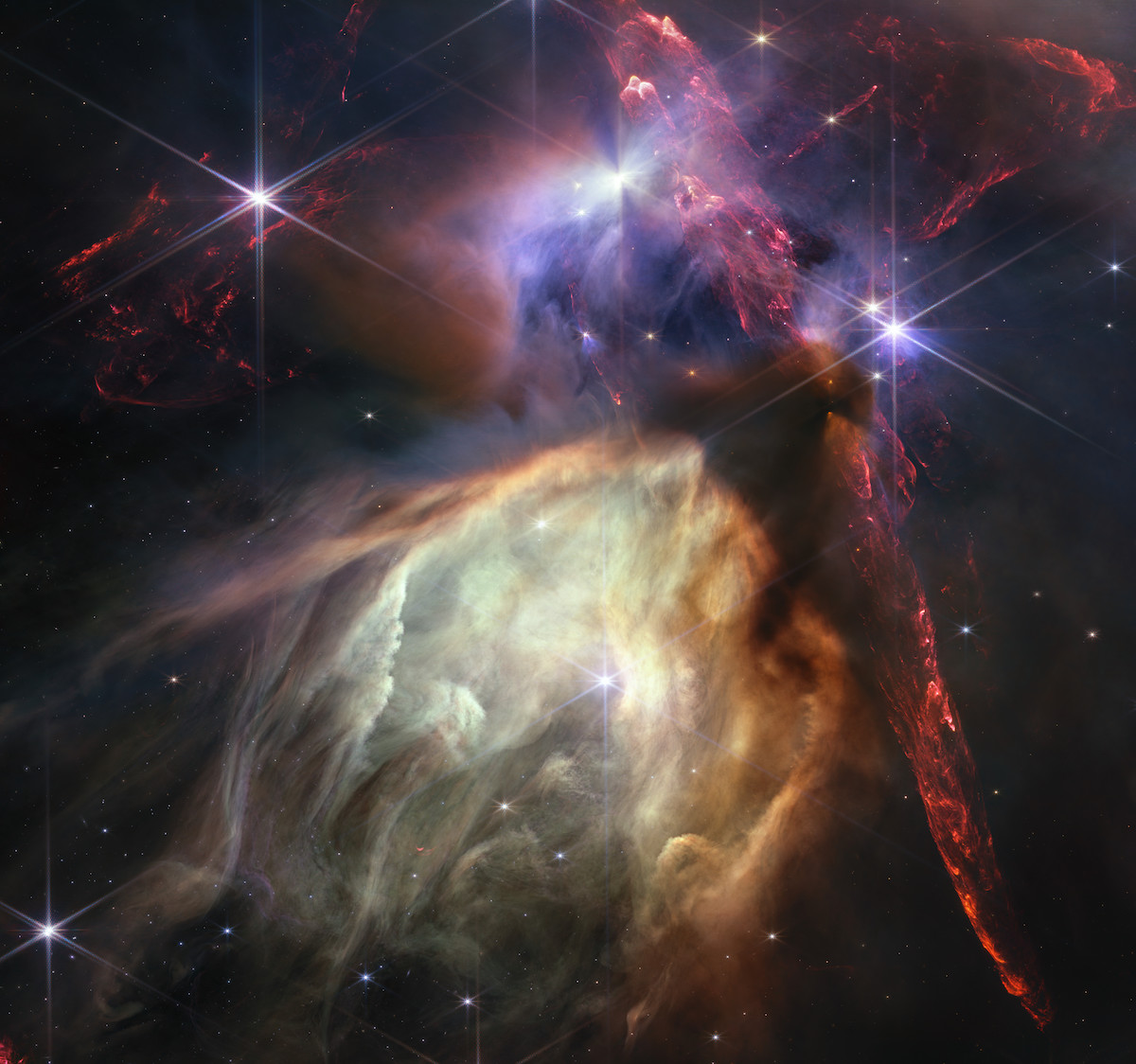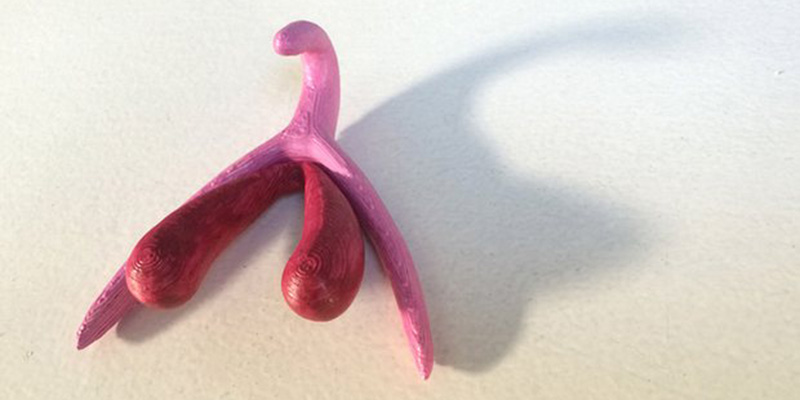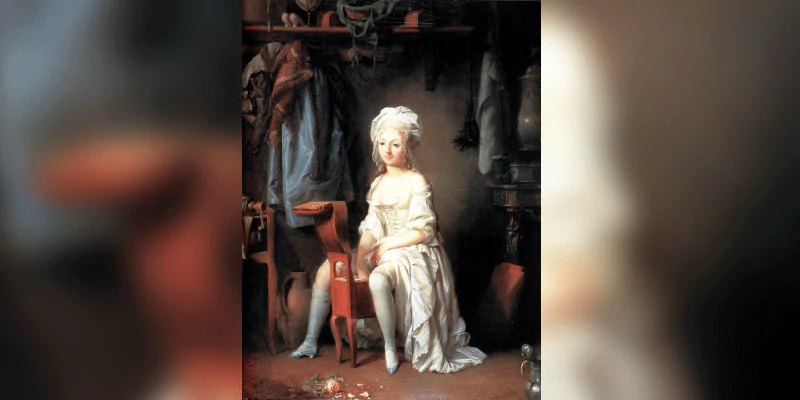La grande immagine di stelle in formazione per festeggiare il primo anno del James Webb Space Telescope
![The first anniversary image from the NASA/ESA/CSA James Webb Space Telescope displays star birth like it’s never been seen before, full of detailed, impressionistic texture. The subject is the Rho Ophiuchi cloud complex, the closest star-forming region to Earth. It is a relatively small, quiet stellar nursery, but you’d never know it from Webb’s chaotic close-up. Jets bursting from young stars crisscross the image, impacting the surrounding interstellar gas and lighting up molecular hydrogen, shown in red. Some stars display the telltale shadow of a circumstellar disc, the makings of future planetary systems. The young stars at the centre of many of these discs are similar in mass to the Sun or smaller. The heftiest in this image is the star S1, which appears amid a glowing cave it is carving out with its stellar winds in the lower half of the image. The lighter-coloured gas surrounding S1 consists of polycyclic aromatic hydrocarbons, a family of carbon-based molecules that are among the most common compounds found in space. [Image description: Red dual opposing jets coming from young stars fill the darker top half of the image, while a glowing pale-yellow, cave-like structure is bottom centre, tilted toward two o’clock, with a bright star at its centre. The dust of the cave structure becomes wispy toward eight o’clock. Above the arched top of the dust cave three groupings of stars with diffraction spikes are arranged. A dark cloud sits at the top of the arch of the glowing dust cave, with one streamer curling down the right-hand side. The dark shadow of the cloud appears pinched in the centre, with light emerging in a triangle shape above and below the pinch, revealing the presence of a star inside the dark cloud. The image’s largest jets of red material emanate from within this dark cloud, thick and displaying structure like the rough face of a cliff, glowing brighter at the edges. At the top centre of the image, a star displays another, larger pinched dark shadow, this time vertically. To the left of this star is a more wispy, indistinct region.]](https://www.ilpost.it/wp-content/uploads/2023/07/12/1689177308-Rho_Ophiuchi_cloud_complex.jpg)
Per festeggiare il primo anno di attività del James Webb Space Telescope (JWST), il telescopio spaziale più potente mai realizzato, l’Agenzia spaziale europea (ESA) insieme a quella canadese (CSA) e alla NASA ha diffuso un’immagine che mostra stelle in formazione nella Nube di Rho Ophiuchi a 390 anni luce di distanza dalla Terra. È una delle aree in cui si formano nuove stelle più vicine al nostro sistema solare e per questo suscita grande interesse, perché dalla sua osservazione si possono scoprire nuove cose sull’evoluzione delle stelle.

(NASA, ESA, CSA)
L’area osservata dal JWST comprende una cinquantina di stelle molto giovani, con una massa più piccola o comparabile a quella del nostro Sole a seconda dei casi. Le aree che appaiono più scure sono quelle più dense di materiale interstellare come polveri e gas, con stelle ancora in formazione. Le grandi striature rosse sono invece getti di idrogeno, prodotti dalle stelle da poco formate e che entrano nel pieno della loro attività. Intorno ad alcune stelle sono intuibili i dischi protoplanetari, cioè le strutture di gas e polveri che col tempo portano alla formazione dei sistemi planetari.
Il JWST è entrato pienamente in attività il 12 luglio del 2022, un anno fa oggi, e da allora ha reso possibili osservazioni di galassie lontanissime, l’analisi dell’atmosfera di alcuni pianeti all’esterno del nostro sistema solare e lo studio delle stelle in formazione, come nel caso dell’immagine celebrativa da poco pubblicata.


